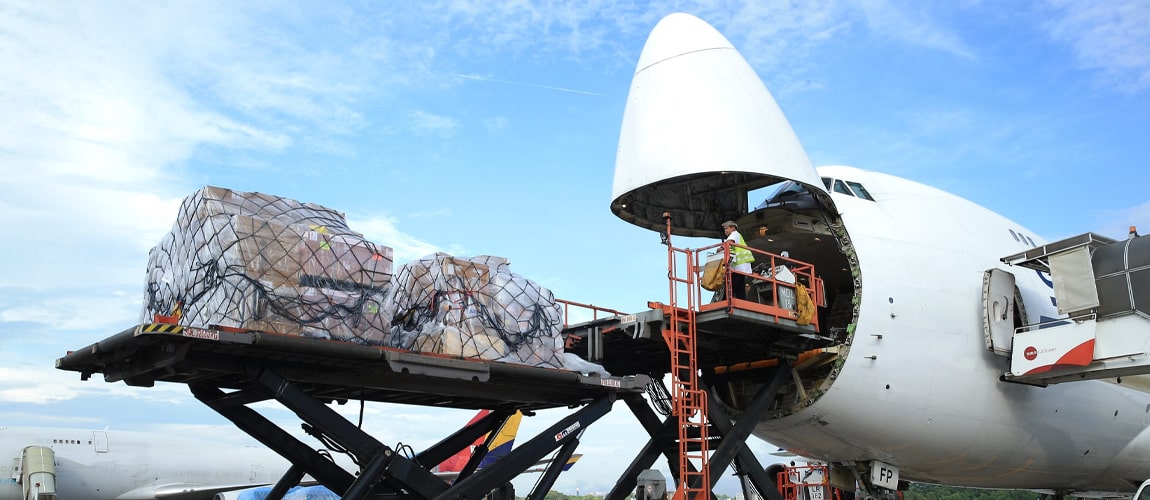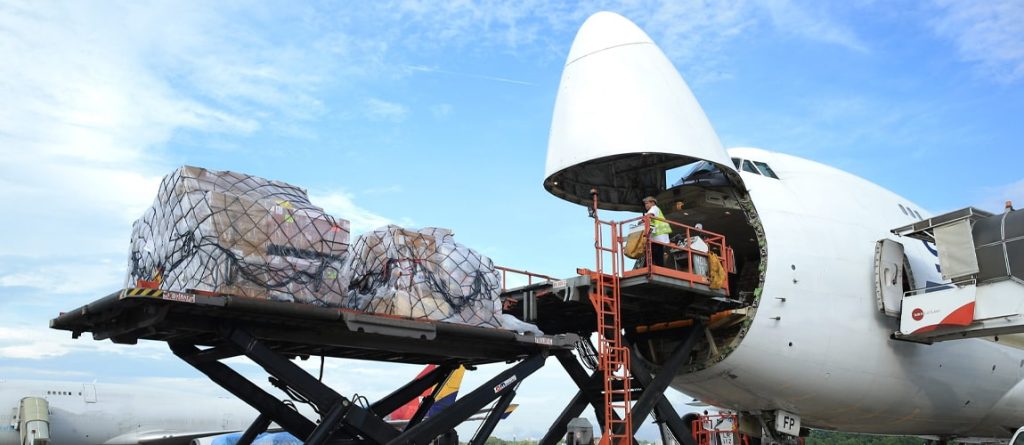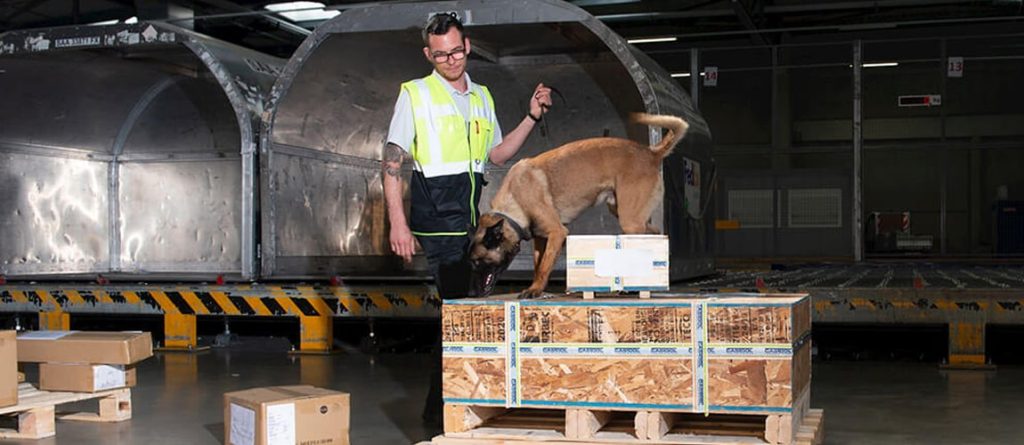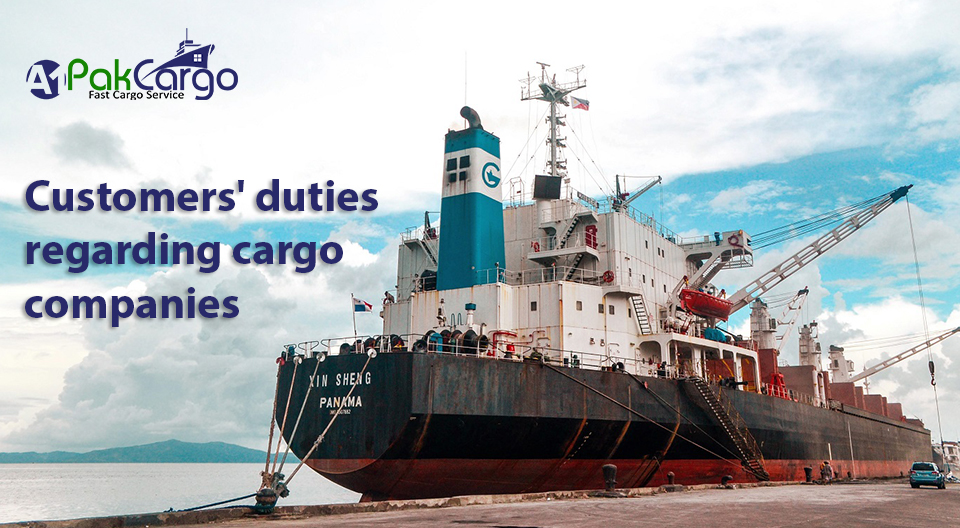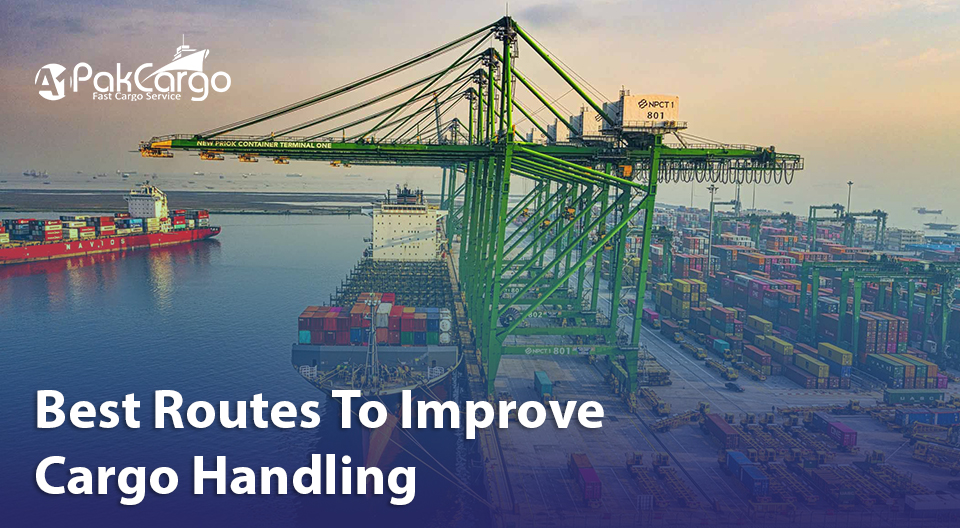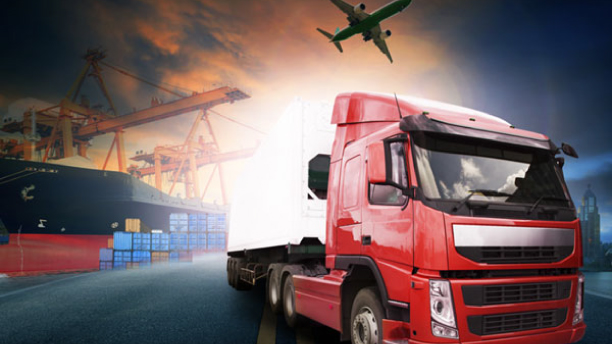
Whether you’re moving an entire fleet of excavators or a single commercial crane, the path from the beginning to the end is rarely straight.
How shipment of heavy equipment usually carried
Shipping large equipment needs skill and precision. The sorts of shipment of heavy equipment that are routinely supplied depend on the industry and project specifications. These are a few of the most often carried heavy machinery:
The Construction Supplies:
This category encompasses various machines used for construction operations. Several of the most commonly sent items are:
– Equipment includes excavators, bulldozers, motor graders, dump trucks, backhoes, tower cranes, compactors, and asphalt pavers.
Medical equipment shipping:
sometimes involves transporting heavy and sensitive items. shipment of heavy equipment as Medical equipment typically supplied includes MRI machines, CT scanners, X-ray machines, dialysis machines, and surgical tables.
The aerospace industry and Aircraft Parts:

The aerospace sector transports enormous parts, such as:
The Audiovisual technology and Gadgets:
As digital infrastructure develops, there is a growing demand for shipping electronics, including:
– Information Technology Equipment (Servers and Storage Units)
– Broadcasting Equipment
– Large-Scale Audio System
Each of these groups necessitates cautious handling, adequate container packaging, and the proper form of transportation to guarantee that the equipment reaches in pristine shape. Oversized cargo may require special licenses and escorts.
- Examine the Machinery Before Packing: Before transporting your heavy equipment, thoroughly inspect it. Check that every one of the parts is in good condition and free of any damage or flaws. This will help to prevent problems from developing during transit.
- Employ Appropriate Packaging Materials: Proper packaging materials are essential for ensuring the security of your equipment throughout transit. To transport the equipment, wrap it in insulating padding or plastic wrap and use robust cardboard boxes.
- Make a note of any fragile pieces on the shipment of heavy equipment that could be easily destroyed before delivery. This will enable the carrier to this will inform the carrier that these parts should be handled with care during transit.
- Use Adequate Belting and Cushioning: When placing your powerful machinery onto the transport vehicle, use proper belting and cushioning to keep it secure. This will help to avoid damage or shifting caused by movement during transportation.
- Identify and Record the Equipment: Before transporting your massive machinery, you must label and document it. This will assist with tracking and ensure that it reaches its destination on schedule.
- Hire an Expert Shipment Company: you should hire a professional shipping company. Search for one
Factors that affect shipping prices
- Larger and shipment of heavy equipment will incur higher shipping costs. This is why larger products occupy more room and need more fuel to deliver.
- Distance: Shipping prices rise with distance. International shipments are typically greater in cost than domestic ones.
- Transportation options include trucking, rail, sea, and air. Each has a unique pricing framework, with air freight often costing the most because of be quick and effective.
- Particular Requirements: If your gear requires specialized handling or permits owing to its dimensions, weight, or nature (e.g., hazardous materials), the cost will increase.
- Fluctuating gasoline prices can impact shipping costs. greater gasoline prices lead to greater shipping costs.
- Shipping Location: Shipping to or from distant regions can be more expensive owing to increased time and fuel costs.
Transporting big gear necessitates meticulous attention to detail. The large scale and weight of these shipment of heavy equipment necessitate careful planning and execution. The purpose is more than just transferring an item; it is to deliver it securely and without damage. The talents of experienced shipping and creating experts are critical in doing this.

 07424380227
07424380227